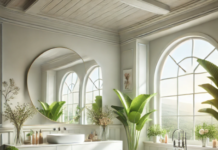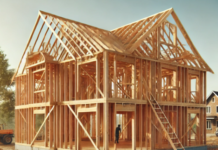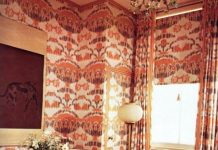Ornamental Furniture In The Garden – Seats and tables take up a fairly large space in the garden. Too often they spoil the effect by being of unsympathetic materials or simply too large for their environment. Putting a group of garden furniture on a special area of paving helps give it a purposeful look and acts as a framework. Scale is important. lt may be a good idea to enclose the area partially so that the furniture’s bulk does not intrude visually into the garden.

Plastic garden furniture, although cheap, lightweight and easy to move about, cannot be said to add aesthetically to a garden. It may be the most convenient sort of furniture to have on a patio, but for permanent seats and benches, which become part of the garden design, there are more sympathetic materials to choose from.

One seat placed in a niche, or angled against a group of shrubs or tall perennials can look very sculptural. Stone seats are undeniably sculptural, although they are best positioned where they will warm up in the sun before you sit on them. Wrought iron can look graceful; treated, painted or stained timber looks particularly good in the context of a country-style garden. A bench can be ‘settled’ into its place with plants at the sides. This makes furniture look as though it has rooted and gives it a permanent look.

A tree seat can run fully or half-way around a tree, providing a shady place in which to relax and an eye-catching decoration. Cast-iron reproduction Victorian furniture looks particularly good in rather overgrown, informal gardens. Cast-aluminium copies have the advantage of being light, but they lose the detailing of the decoration.
































